Have you ever wondered if there are any universal rules for identifying edible mushrooms? Well, look no further because in this article, we will explore just that. From the vibrant colors and unique shapes to the telltale signs of toxicity, we will delve into the fascinating world of edible mushrooms and discover if there are indeed any foolproof rules for distinguishing the safe ones from the potentially harmful ones. So, prepare to embark on a journey of mushroom identification, and let’s find out if there are any universal guidelines to follow when it comes to these intriguing fungi.
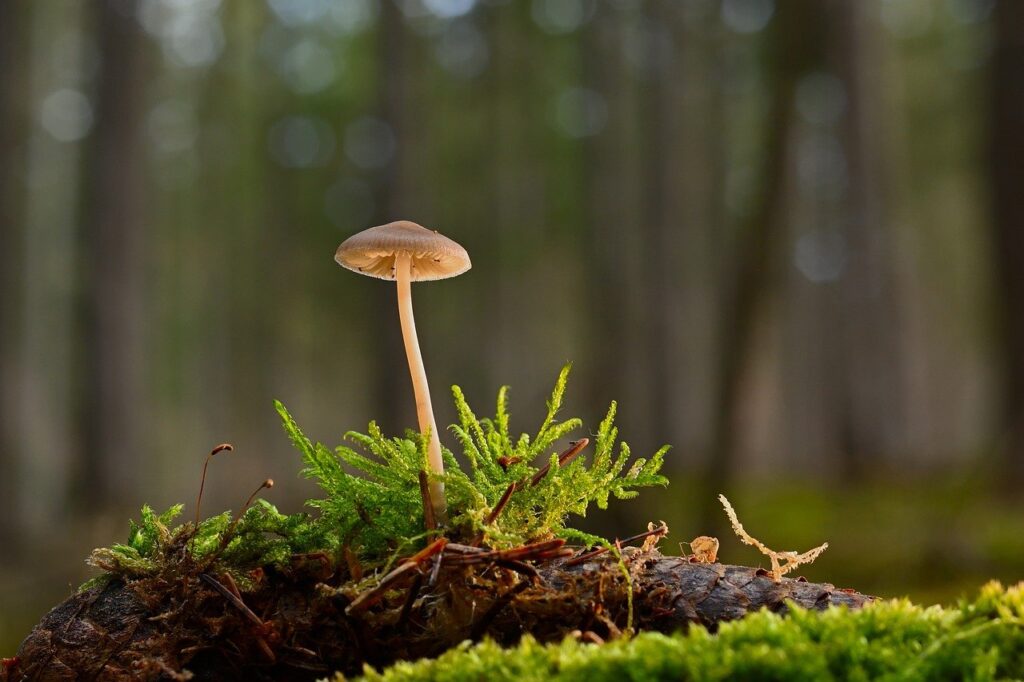
Physical characteristics
Cap shape
The shape of a mushroom’s cap can provide valuable clues about its identity. Some common cap shapes include convex, umbrella-like, flat, and bell-shaped. However, it is important to note that cap shapes can vary significantly within the same species, so relying solely on this characteristic may not always be sufficient for identification.
Gill color
The color of a mushroom’s gills is another useful characteristic to consider. Gills are the thin, parallel structures found on the underside of the cap. They come in a range of colors, such as white, cream, pink, brown, and even black. While gill color can provide useful information, it is crucial to remember that different species can have similar gill colors, making it necessary to consider other characteristics for accurate identification.
Stem texture
Examining the texture of a mushroom’s stem can further aid in identification. Stems can be smooth, fibrous, scaly, or even slimy, depending on the species. Understanding the unique texture of the stem can assist in narrowing down the possibilities, particularly when combined with other physical features.
Spore print color
Obtaining a spore print is a reliable method for distinguishing between mushroom species. To do this, place the cap of the mushroom on a white or dark surface overnight, allowing the spores to drop onto the paper. The color of the spore print can vary greatly, ranging from white and cream to pink, brown, or black. Comparing the spore print color to known species can be a useful tool in identifying mushrooms accurately.
Habitat and environment
Growing on wood
Many mushrooms have a preference for growing on decaying wood or logs. If you come across a mushroom with a sturdy stem emerging from a wooden substrate, it is likely to be a species that thrives in this environment. Keep in mind that not all mushrooms growing on wood are edible, so additional identification steps are necessary.
Growing in damp places
Mushrooms have a fondness for damp environments, making them more prevalent after rainfall or in areas with high humidity. Whether it’s in a damp forest or under a shaded area in your garden, the presence of mushrooms in moisture-rich locations increases the chances of finding edible varieties. However, exercise caution and ensure proper identification before consuming any mushrooms you discover.
Growing in grassy areas
Certain mushrooms can be found growing in grassy meadows or pastures. Often referred to as lawn mushrooms, these species thrive on the decaying matter present in the soil. Keep an eye out for mushrooms with a cap perched on a slender stem in such areas. Remember to consult reliable sources or experts to verify the edibility of any mushrooms found in grassy environments.
Smell and taste
Odor
The odor emitted by mushrooms can provide valuable clues for identification. Some species have distinct fragrances, ranging from earthy and nutty to fruity or foul. Take a moment to inhale the aroma of the mushroom and try to pinpoint any recognizable scents. While relying solely on odor can be misleading, it acts as an additional piece of the puzzle when combined with other identification methods.
Bitterness
Tasting a small portion of a mushroom can sometimes be informative, as certain mushrooms have distinct bitter tastes. However, it is crucial to exercise extreme caution when considering this method, as some mushrooms can be highly toxic or cause allergic reactions. To safeguard your well-being, it is best to rely on more reliable identification techniques and consult with experts.
Mushroom families and species
Common edible mushrooms
Several mushroom species are widely recognized as safe for consumption. Some popular edible mushrooms include the common button mushroom (Agaricus bisporus), shiitake (Lentinula edodes), oyster mushroom (Pleurotus ostreatus), and morel (Morchella spp.). These varieties are cultivated commercially, making them readily available in grocery stores and farmer’s markets.
Common poisonous mushrooms
Just as there are edible mushrooms, there are also species that are highly toxic and should never be consumed. Examples of highly poisonous mushrooms include the death cap (Amanita phalloides), destroying angel (Amanita bisporigera), and the deadly webcap (Cortinarius rubellus). It is crucial to familiarize yourself with these dangerous species and exercise caution to avoid accidental ingestion.
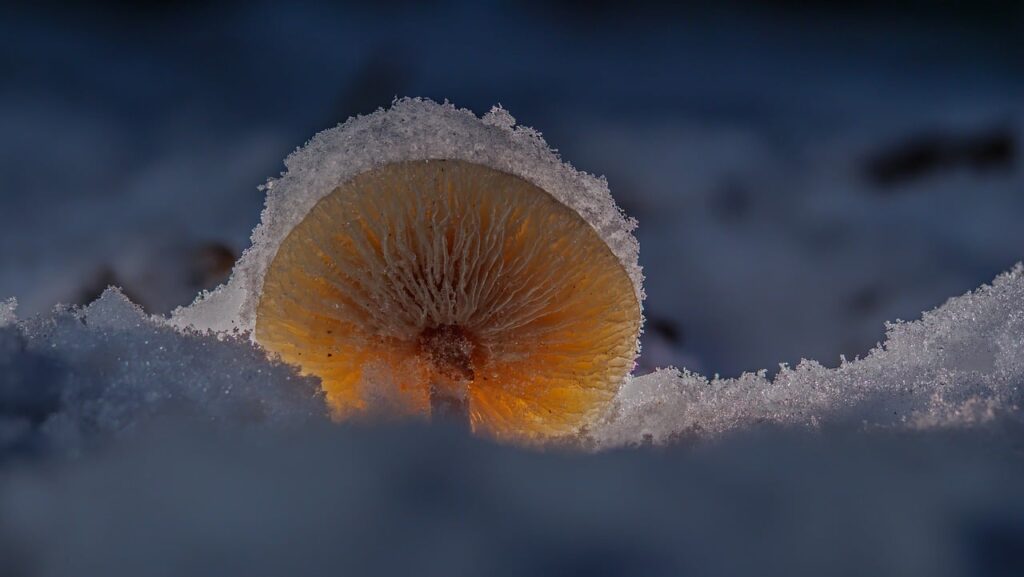
Knowledge and expertise
Consulting an expert
When delving into mushroom foraging, it is wise to seek guidance from knowledgeable experts in the field. These individuals have extensive experience and can provide valuable insights about identification, edible mushrooms, and potential risks. Local mycological societies, botanic garden experts, or agricultural extension offices are excellent resources to connect with experts and gain confidence in proper identification.
Joining mushroom foraging groups
Engaging with mushroom foraging groups can be an exciting way to expand your knowledge and foster a sense of camaraderie with fellow enthusiasts. These groups often organize forays, where participants explore various habitats in search of mushrooms. By joining these excursions, you can learn from experienced foragers and benefit from collective wisdom when identifying edible species.
Educational resources
Field guides
Field guides are invaluable tools for both novice and experienced mushroom enthusiasts. These comprehensive books provide detailed descriptions, photographs, and illustrations to aid in identification. Some popular field guides include “Mushrooms Demystified” by David Arora and “National Audubon Society Field Guide to North American Mushrooms” by Gary H. Lincoff. Consider investing in a reliable field guide that suits your needs and interests.
Online resources
The internet is teeming with websites and forums dedicated to mushroom identification. Websites such as mushroomobserver.org, mycologicalsociety.org, and foraging.com offer vast databases, species checklists, and even forums where experts and enthusiasts can discuss mushroom-related topics. However, it is vital to verify the credibility and expertise of online sources to ensure accurate information.
Mushroom identification courses
For those seeking a more formal education in mushroom identification, consider enrolling in mushroom identification courses. These courses are often offered by mycological societies, botanical gardens, or universities. You will gain hands-on experience, learn from knowledgeable instructors, and delve deeper into the world of mycology.
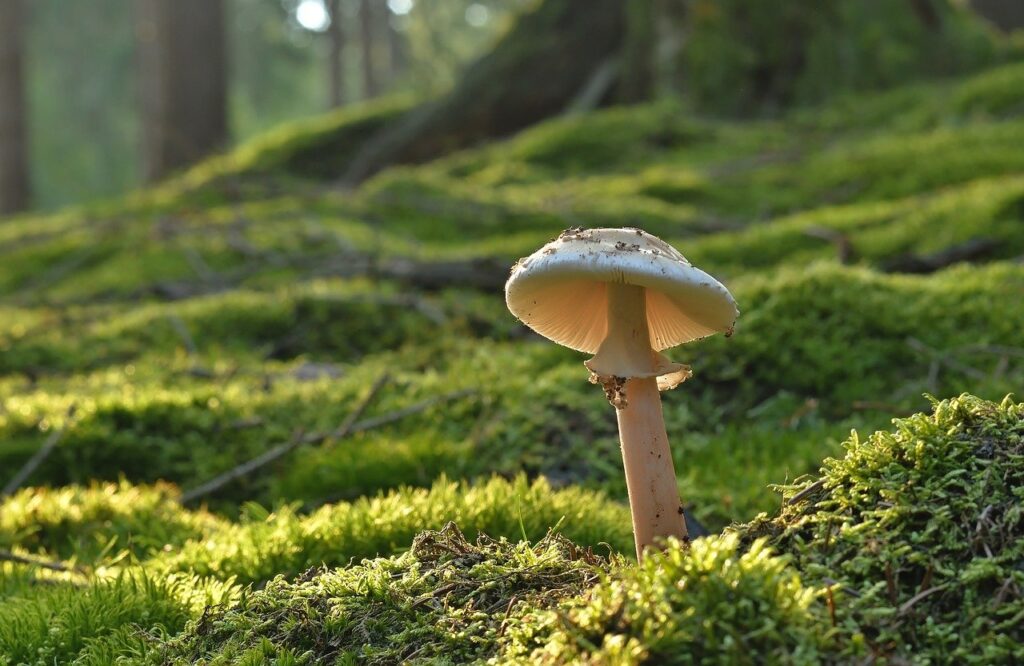
Double-checking with multiple sources
Cross-referencing information
When it comes to mushroom identification, it is prudent to cross-reference information from multiple sources. Different field guides, websites, and experts may offer varying perspectives and insights. By comparing and consolidating information, you can confidently identify mushrooms and minimize the risk of misidentification.
Using multiple identification methods
Instead of relying on a single characteristic or method, it is best to utilize various identification techniques. Consider combining physical characteristics, habitat information, spore prints, and expert opinions to paint a comprehensive picture of the mushroom in question. This multi-faceted approach enhances accuracy and reduces the chances of misidentifying edible mushrooms.
Potential dangers and risks
Mistaking poisonous mushrooms for edible ones
One of the greatest risks when foraging for mushrooms is misidentifying poisonous species as edible ones. The consequences can be severe, including organ failure or even death. To mitigate this risk, it is crucial to exercise extreme caution, utilize reliable identification methods, and consult with experts. Remember, it is always better to err on the side of caution when unsure of a mushroom’s edibility.
Toxicity levels and individual reactions
Even with proper identification, it is essential to remember that individual reactions to mushrooms can vary significantly. Some people may experience adverse effects from consuming certain edible mushrooms, while others will not. Additionally, even edible mushrooms can contain varying levels of toxins or compounds that can cause adverse reactions. It is crucial to start with small quantities when trying new mushroom species and be aware of any potential allergies or sensitivities.
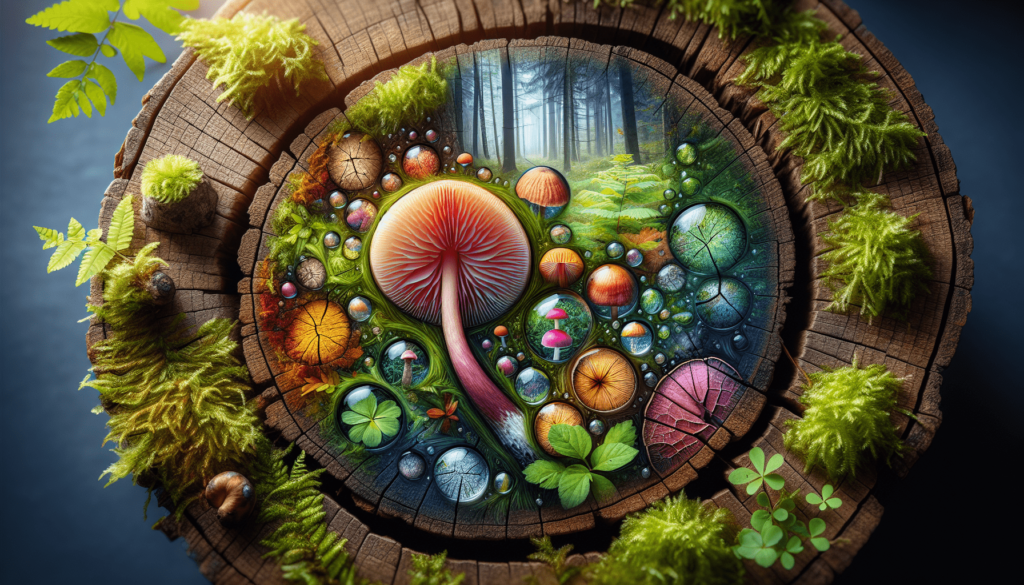
Legal considerations
Foraging permits and regulations
Before embarking on any mushroom foraging expeditions, it is important to research and comply with local laws and regulations. In certain areas, foraging permits may be required, and there may be restrictions on the collection of certain species or quantities. Familiarizing yourself with these legal considerations ensures that you can ethically and legally enjoy the hobby of mushroom foraging.
Protected mushroom species
Certain mushroom species may enjoy protected status, either due to their ecological importance or vulnerability. Therefore, it is crucial to identify and respect any protected species in your foraging areas. Local conservation authorities, environmental organizations, or mycological societies can provide guidance on protected species and best practices for preserving their habitats.
Cultural and regional differences
Traditional knowledge
Mushroom foraging has deep cultural roots in many regions around the world. Indigenous communities and local cultures often possess traditional knowledge about identifying edible mushrooms. Engaging with and respecting these cultures can provide unique perspectives and insights into mushroom foraging, enriching our appreciation for the diverse world of fungi.
Regional variations in mushroom species
The distribution of mushroom species varies greatly across different regions and ecosystems. A mushroom commonly found in one geographical area may be scarce or absent in another. Therefore, it is essential to consider regional variations when identifying mushrooms. Consulting region-specific field guides, local experts, or foraging groups can help navigate the nuances of regional mushroom species and increase the accuracy of identification.
In conclusion, identifying edible mushrooms requires a comprehensive understanding of their physical characteristics, habitat preferences, smell, taste, and reliable identification methods. Consulting experts, utilizing educational resources, and cross-referencing information from multiple sources are essential for accurate identification. It is crucial to be aware of the potential dangers and risks associated with misidentification and to adhere to legal considerations and regional variations. With proper knowledge, expertise, and caution, mushroom foragers can safely and responsibly enjoy the vast world of edible mushrooms.

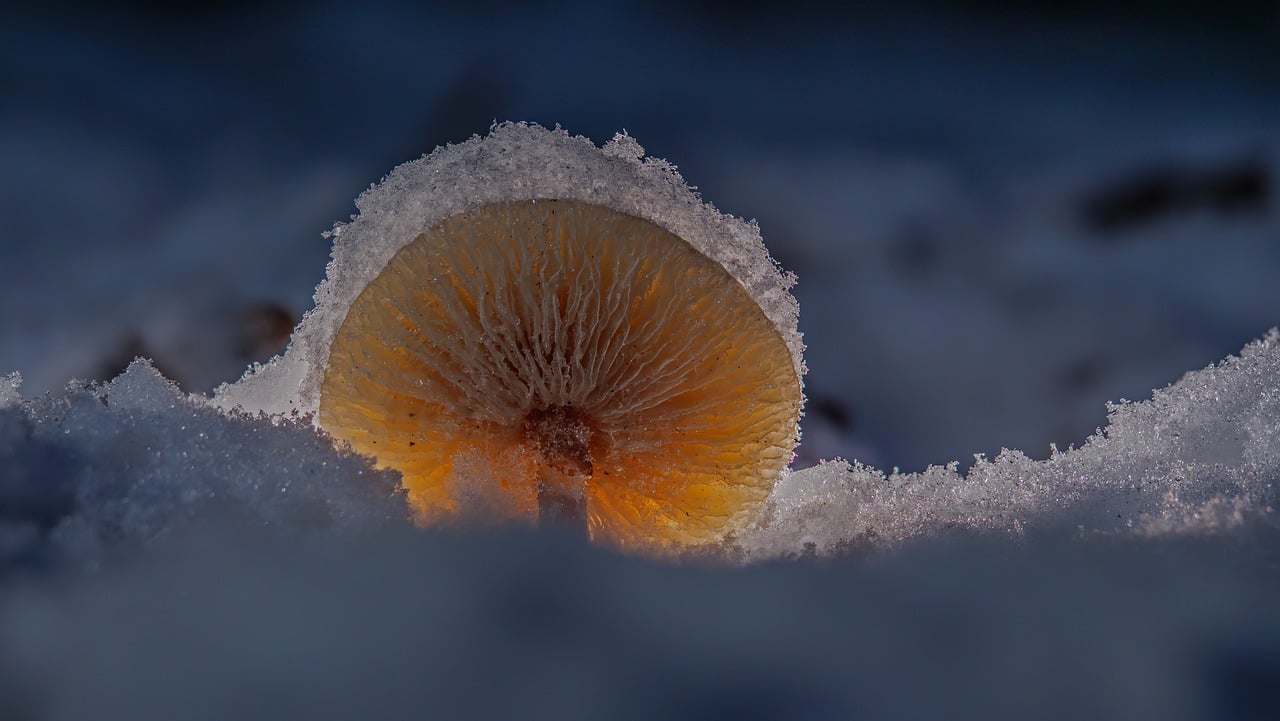

No Responses